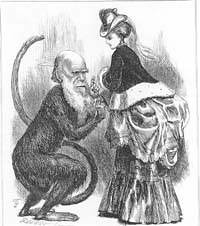I started the rearrangement of my blogroll about five hours ago (having done the history section yesterday), and have only just finished a continuous run.
It should now be entirely up-to-date, and it has been trimmed of blogs that seem to either have changed direction, or I must have been in a very odd mood indeed when I put them on there.
Since it started with the blog nearly two years ago now, it has just organically grown, but it was well overdue for a prune. Each category is now sorted alphabetically (more or less) and a lot of blogs have been reclassified.
One of the few pleasures of the mechanical job was redisovering blogs that had slid off my “visit regularly” radar, among them: Kiangardarup, from Albany, Western Australia, which frequently deals with Aboriginal issues; Sorrow at Sills Bend, which features a series on public sculpture that I keep meaning to imitate; Living for Disco, from a VSO worker in Namibia; and, Animated Stardust, life and living in Wales.
Probably no accident that these were in the still-huge “People at Home” category, which is my catch-all for personal-ish writings that don’t fit under any subject category. Somehow it seems wrong to split it geographically, as I’ve done with politics and feminism, but I can’t work out how else to do it.
Now, I’ve done the pruning, what I should do is go back through Friday Femmes Fatales and Feminist Carnivals and start building it up again … Well, some time soon.
And my lines for the evening? “I will keep my blogroll up-to-date. I will…”


 About
About